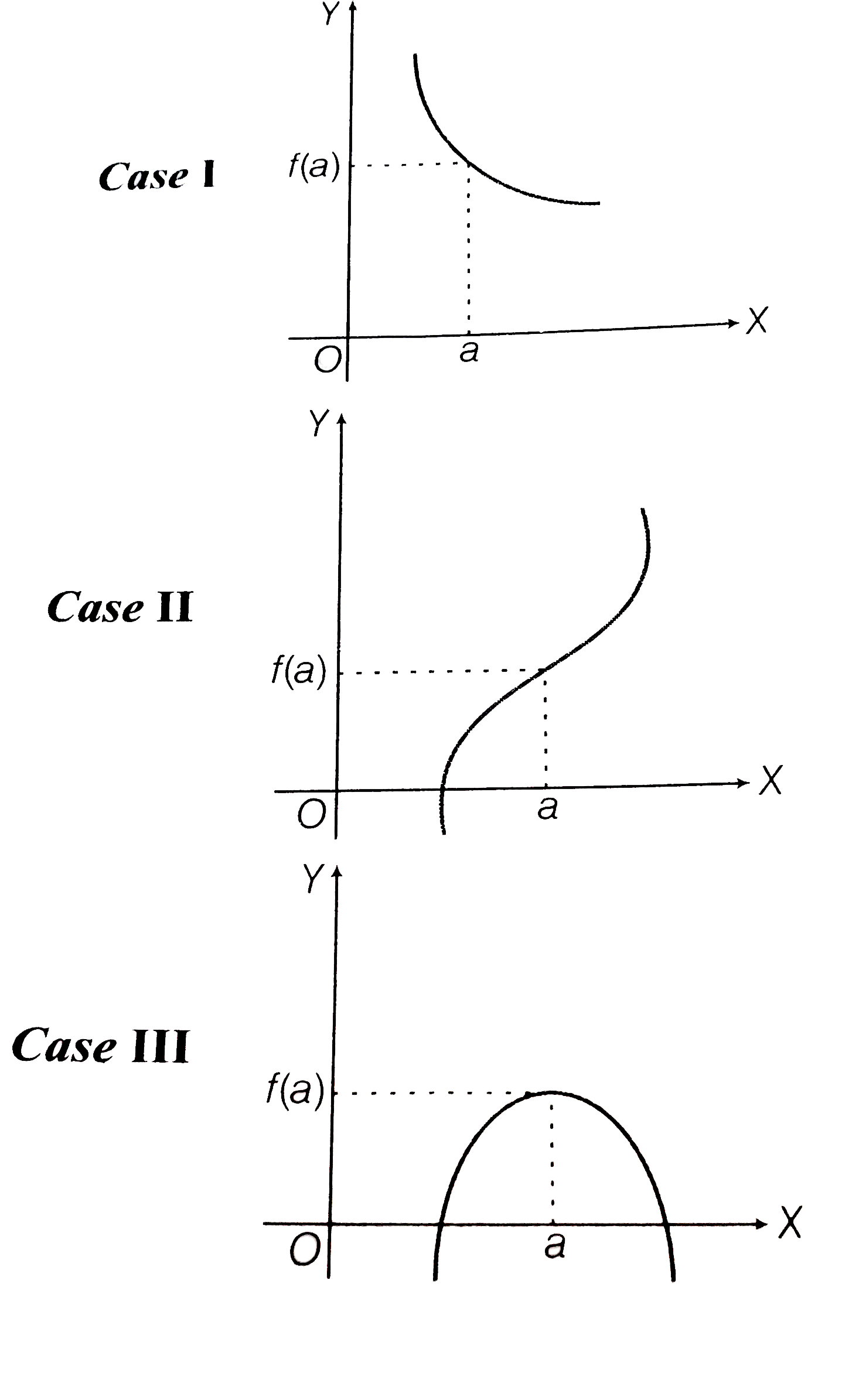The value of sum 13∑n=1(in+in+1),where i=√−1 equalsSolution in Punjabi
a√b
b√a
√b
√a
The correct Answer is:A, C
Step by step video solution for The value of sum sum_(n=1)^(13)(i^n+i^(n+1)),where i=sqrt(-1) equals by Maths experts to help you in doubts & scoring excellent marks in Class 12 exams.
Updated on:21/07/2023Topper's Solved these Questions
- LIMITSBook:ARIHANT MATHSChapter:LIMITSExercise:SOLVED EXAMPLES
Explore 1 Video
- LIMITSBook:ARIHANT MATHSChapter:LIMITSExercise:Exercise (Single Option Correct Type Questions)
Explore 38 Videos
- INVERSE TRIGONOMETRIC FUNCTIONSBook:ARIHANT MATHSChapter:INVERSE TRIGONOMETRIC FUNCTIONSExercise:Exercise (Questions Asked In Previous 13 Years Exam)
Explore 8 Videos
- LOGARITHM AND THEIR PROPERTIESBook:ARIHANT MATHSChapter:LOGARITHM AND THEIR PROPERTIESExercise:Exercise (Questions Asked In Previous 13 Years Exam)
Explore 4 Videos
Similar Questions
To evaluate limx→a[f(x)], we must analyse the f(x) in right hand neighbourhood as well as in left hand neighbourhood of x=a. E.g. In case of continuous function, we may come across followign cases.


Iff(a) is an integer, the limit will exist in Case III and Case IV but not in Case I and Case II. If f(a) is not an integer, the limit exists in all the cases. ltbgt If f'(1)=−3 and limx→1[f(x)−12] does not exist, (where [.] denotes the greatest integer function), then
View Solutionlimx→0sin(πcos2(tan(sinx)))x2 is equal to
View SolutionIf α=3sin−1(611andβ=3cos−1(49), where the inverse trigonometric functions take only the principal values, then the correct options (s) is (are)
View SolutionIn Which quadrant Point (−2,−3) will be lie.
View SolutionThe value of sum Σ13n=1(in+in+1) where i=√−1 equals
View SolutionWhat is the value of the sum 11∑n=2(in+in+1),wherei=√−1?
View Solution13∑n=1(in+in+1) का मान (जहाँ, i=√−1) क्या हैं?
View SolutionThe value of 13∑n=1(in+in+1), where i=√−1 is
View Solution13∑n=1(in+in+1), जहाँ i=√−1, का मान होगा
View SolutionThe value of 13∑k=1(in+in+1), where i=√−1 equals :
View SolutionThe value of the sume 13∑n=1(in+in+1), where i=√−1 , equals :
View SolutionThe value of the sum 13∑n=1(in+in+1), where i=√−1,equals :
View SolutionThe value of 13∑n=1(in+in+1) , where i=√−1 is
View Solution5∑n=1(in+in+2) के योगफल का मान ज्ञात कीजिए, जहाँ i=√−1 है।
View SolutionThe value of 13∑n=1(in+in+1),i=√−1 is
View SolutionThe value of the sum 13∑n=1(in+in+1), where i=√−1, equals
View Solution